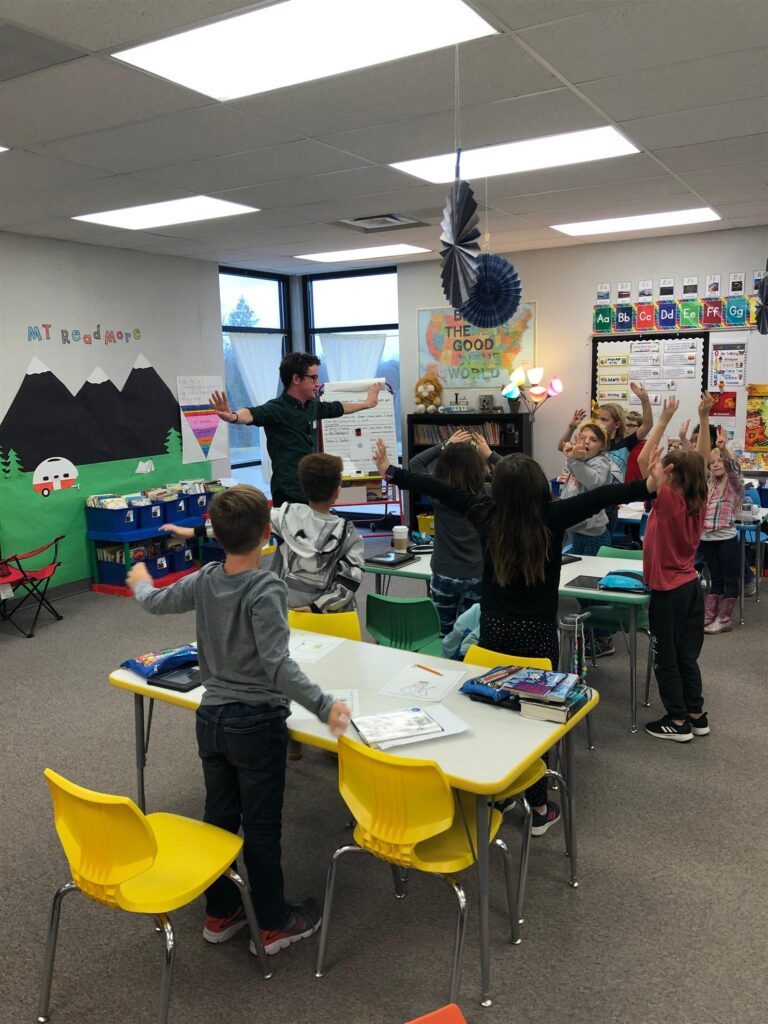How do teachers get field experiences in CS?
Preservice teacher education programs provide practicum experiences for teacher candidates where they can observe and practice teaching before they graduate. Inservice programs may or may not have field experiences as program participants are often practicing teachers in the classroom already. The best opportunity for teacher candidates to practice is through sustained practicums, however, if this is not an option, then the other types of field experiences provide opportunities for teacher candidates to observe and practice as well. Field experiences vary by when they occur in programs, by their purpose and by their learning goals, resulting in differing expectations for what teacher candidates should know and be able to do. The overarching goal, however, of field experiences is to provide teacher candidates the opportunity to develop and teach a CS lesson with feedback from an experienced teacher. Because CS is a new discipline and the local context varies in terms of state requirements for field experiences and teacher licensure, education programs have found a number of creative ways to provide these experiences. The following table lists different types of field experiences, followed by an example for how these experiences are scaffolded across a program.
| Type of Field Experience | Description |
|---|---|
| Observation / Field Trip |
|
| Assistance |
|
| Planning and Delivering Individual Lesson Implementations |
|
| Sustained Practicum |
|

Field Experience Examples
Indiana University
Indiana University incorporates field experiences in several courses to provide students with more practice. In addition to these more formal requirements for field experiences, students also complete projects working directly with local school districts and teachers in our three other courses, W200, W210, and W220.
W310: Integrating Technology K-12 (3 cr)
Students are expected to complete at least 20 hours of field experience. Because W310 is considered the methods course for the CEL, students are required to teach during our field experience. They are observed formally at least once in their field experiences. Each week, they are expected to complete a ROAR (Record of Observation, Analysis and Reflection) and must collect and/or record specific information related to the Standards for the Teaching Profession (STP) and provide some description, analysis, and reflection of their ongoing experiences as they relate to these standards. Students are evaluated based on their efforts, attitudes, as well as their abilities to thoughtfully complete each ROAR, and show continuous growth throughout the semester.
W410: Practicum in Computer-Based Education (6 cr)
Since it is an add-on licensure program, Indiana University requires that students in our secondary computer educator program perform 6 weeks of teaching CEL related courses (e.g., computer applications, computer science). Students are observed twice during this period by a university supervisor and receive detailed feedback on their instructional materials and practices.
Georgia State University
Our program is K-12, so all teachers have to do field experiences in elementary, middle, and high school. Our elementary field experience is observing and then hosting an Hour of Code event. It doesn’t have to be at a school, but if not, the group has to be approved by the program director (e.g., to a Girl Scout troop). All of the teachers in the program are inservice at middle or high schools. For the middle OR high school field experience, they teach a 1-2 hour computing integrated activity in their classroom (or a colleague’s classroom). This lesson is at the computational-thinking-content level, even if they are high school. Then for the other field experience, they teach programming at summer camps in Atlanta for middle OR high school students.
Towson University
We have collaborated with the Girls Who Code non-profit organization and established our Towson-College of Education-Girls Who Code (TU-COE-GWC) Club. During the 2019-2020 academic year, our club aimed to bring 6-12 grade girls from underserved, underrepresented populations from the greater Baltimore area. We had nine girls who joined the club. We met every other Saturday from 10:00 am to 12:30 pm to teach girls the basics of computing, including using Scratch software to code. Our approach has been project-based, and we focused on both critical thinking, computational thinking, and programming. For the academic year 2020-2021, we have added another club for 3-6 grade girls and an immersive summer program. Our teacher education students can join the club as a member and mentor to the girls and practice teaching computing. They have an opportunity first to observe facilitators’ learning activities and how we teach girls and then help take on the responsibilities of working with girls on their projects.
